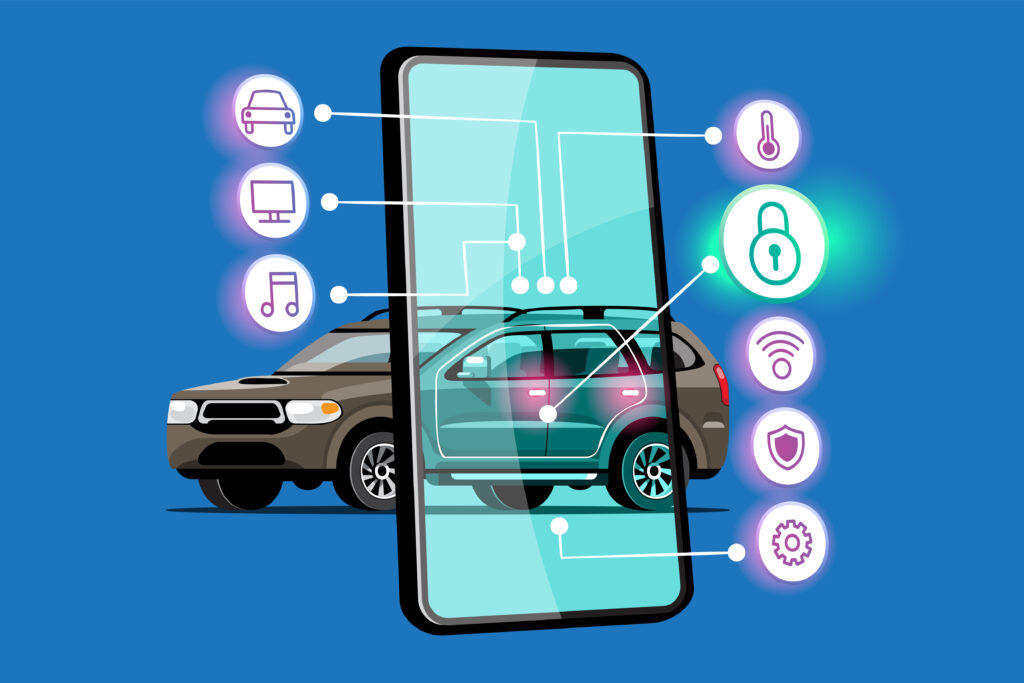As auto insurance premiums continue to rise across the country, many drivers are exploring alternatives to traditional policies. One option gaining popularity is usage-based car insurance. This innovative model uses real-time data to tailor your rates based on how, when, and how much you drive.
But is it worth making the switch? Let’s break down how usage-based insurance works, who it’s best for, and what to watch out for before enrolling.
What Is Usage-Based Car Insurance?

Usage-based car insurance (UBI) is a policy model that calculates your premium based on your driving behavior rather than just broad factors like age, location, or vehicle type. It relies on telematics—a combination of GPS technology and data analytics—to track:
- Mileage
- Speed and acceleration
- Braking habits
- Time of day you drive
- Phone use while driving
This data is collected through a mobile app or a plug-in device connected to your vehicle. Your insurer then uses that information to adjust your rate, often offering discounts to safe and low-mileage drivers.
To learn more about what else impacts your premium, check out our guide on car insurance rate factors.
How Does It Differ From Traditional Insurance?
Traditional auto insurance policies rely heavily on historical data and broad demographic profiles. In contrast, UBI tailors your rates to your personal driving habits. This means two people with similar profiles could pay very different premiums if one is a cautious driver and the other is more aggressive behind the wheel.
While the concept may sound new, it’s been gaining ground for years. Many national carriers now offer usage-based plans as optional add-ons or even primary policy types.
According to Agents United, insurance companies are increasingly adopting telematics to refine risk assessment and offer more competitive pricing.
Who Should Consider Usage-Based Insurance?

Usage-based car insurance isn’t for everyone—but it can be a great fit for:
- Low-mileage drivers (e.g., remote workers, retirees, or city dwellers)
- Safe drivers with minimal hard braking or rapid acceleration
- Students or younger drivers trying to prove responsibility
- Budget-conscious drivers looking to save on premiums
If you rarely drive or are consistently cautious, usage-based insurance could unlock significant savings.
What Are the Pros and Cons?
✅ Pros
- Potential for Lower Premiums: Good drivers can earn discounts up to 30% or more.
- More Personalized Pricing: You’re judged on how you drive—not just your zip code.
- App Features: Many apps offer driving feedback, trip summaries, and even gamified safety scores.
⚠️ Cons
- Privacy Concerns: You’re giving your insurer access to real-time driving data, including location.
- Penalties Possible: Some insurers increase premiums for risky driving behavior.
- Tech Dependence: Not all drivers are comfortable with tracking devices or apps running in the background.
Is Usage-Based Car Insurance Worth It?
That depends on your driving habits, comfort with tracking, and insurance goals. If you’re a safe, low-mileage driver who doesn’t mind being monitored, it could lead to real savings.
On the other hand, if you drive frequently in high-traffic areas or tend to hit the brakes hard, the potential discount may not outweigh the risk of a premium increase.
Also, keep in mind that not all insurers treat telematics the same. Some only offer discounts (no penalties), while others use the data to raise rates as well. Read the fine print.
Final Thoughts
Usage-based car insurance offers a fresh approach to premiums, letting your actual behavior determine what you pay. As technology evolves and more insurers adopt telematics, this model may become the new standard for personalizing auto coverage.
Before signing up, take a look at your driving patterns and comfort with data sharing. The savings can be worth it—but only if the fit is right.

